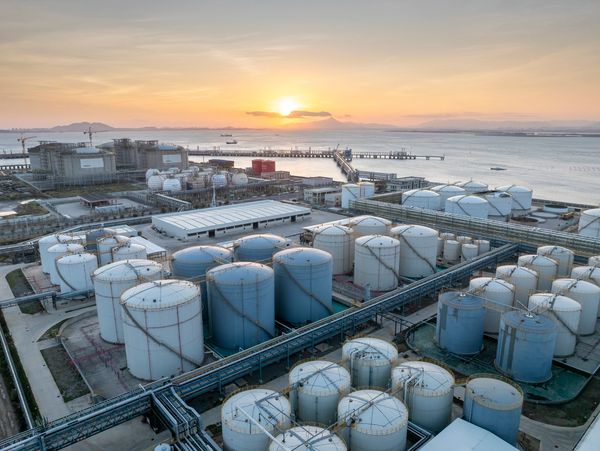Global Copper Market

Major Copper Producers Globally
- Chile leads copper mining with Codelco’s 9 mines producing 1,423 KT.
- Freeport-McMoRan operates major mines in Indonesia (747 KT) and the USA (607.5 KT).
- Peru, DRC, and Zambia host large assets for Anglo American, Glencore, and First Quantum.
- Australia contributes through BHP (232 KT) and Glencore (30 KT).

Secondary Copper Trade — At a Glance
- Copper supply flows from South America, Australia, the USA, and the EU into Asia.
- Key importers include China (net +1.98 MT) and India (net +0.31 MT), with strong demand from Japan and South Korea.
- Major exporters include the EU (net −1.0 MT), USA (net −0.88 MT), Japan (net −0.38 MT), South America, and Australia.
- Western producers send scrap and secondary copper to Asian smelters, driving global recycling and manufacturing.

Secondary Cu Raw Material Flow
- USA has zero import duty on copper scrap, with tax incentives and federal recycling grants.
- EU maintains zero scrap duty under its Circular Economy Action Plan.
- China charges zero duty on scrap but taxes copper rod imports at 4%, using 20–25% scrap in smelters.
- Japan uses deposit-refund schemes and recycling laws for copper recovery. \
- India cut customs duty to zero in 2025 and launched a policy to formalize scrap recycling.
This website uses cookies.
We use cookies to analyze website traffic and optimize your website experience. By accepting our use of cookies, your data will be aggregated with all other user data.